Fauna has hit the market with their own version of Bose Frame-like audio sunglasses and fashion glasses, and we took a look at them to see if they're worth the price.
Audio eyewear may sound strange to some, but for others, it's a game-changer. For example — if you're a parent to a young child, sitting around your home with earphones in may prevent you from hearing your child getting into something they shouldn't. Or maybe you like to listen to music while riding your bike — if you wear audio eyewear, your ears are left open to hear potential danger, but you can still enjoy your favorite podcasts or audiobooks. Or maybe you're looking for a way to listen to music while you work at the office but don't want to miss when a coworker swings by to ask you a question.
Personally, we love audio eyewear because it doesn't force us to close off our ears to enjoy music. And when done correctly, a good pair of audio glasses blend seamlessly into your daily life.
We decided to try out Fauna, a new competitor to Bose Frame's audio eyewear, to see if they lived up to our expectations.
Fit and feel
Our favorite thing about the Fauna glasses is how comfortable they are. Unlike Bose Frames, which are front heavy and can be prone to sliding off your face, Fauna's offering is significantly smaller and lighter. They also don't look like audio eyewear, making them feel a bit more covert, which could be a plus for some environments.
They're also significantly more comfortable than Bose Frames. We found ourselves able to comfortably wear Fauna for long periods, which isn't always the case with our Bose Frames.
We received the Fauna in the Spiro Transparent Brown model, which, like Bose Frames, are audio sunglasses. Bose makes it easy to replace the lenses in Bose Frames, allowing you to swap out tinted lenses for clear, which can be ordered from many online retailers. Fauna requires you to swap lenses with a visit to the optician. However, unlike Bose, they also sell different models with clear, prescription-free lenses.
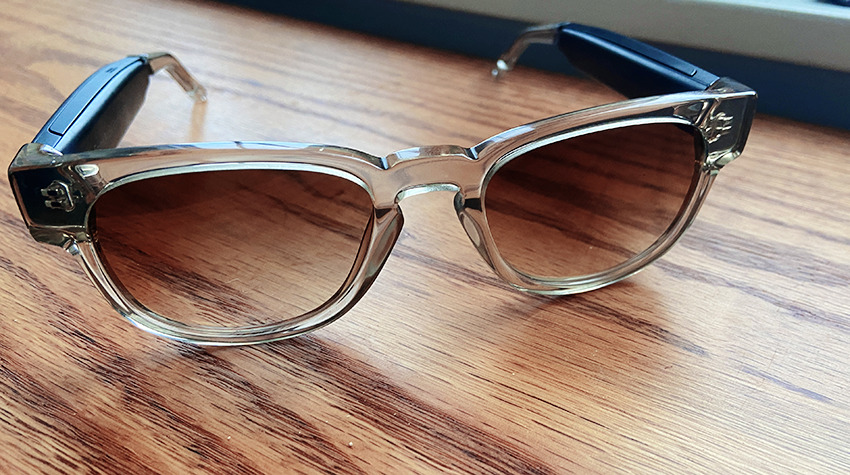 The lenses are tinted brown, but are not particularly dark, making them acceptable for most daily wear
The lenses are tinted brown, but are not particularly dark, making them acceptable for most daily wearAs far as sunglasses go, the Spiro Transparent Brown glasses are decent. While we don't think they'd replace a glare-reducing pair you'd want to wear while driving, they're perfectly serviceable for walking the dog, a stroll through the park, or on the patio of your favorite restaurant.
Bluetooth
Perhaps where we were most disappointed in the Fauna glasses was the actual act of connecting to them. It's not that the glasses are complete garbage — they aren't. It's that they're frustrating in strange ways when you wouldn't expect them to be.
For example: When we first got Fauna, no matter what we did, we couldn't get them to broadcast a Bluetooth pairing signal. Sure, the audio feedback would say that it was broadcasting a signal — a chipper voice would repeat "Fauna is pairing," over and over, but it wasn't detectable on any device we tried.
A quick email to the support team suggested that we tried factory resetting them by tapping each arm of the glasses four times, and sure enough, that worked.
However, the frustration didn't end there. Even though Fauna had paired successfully with our MacBook Pro previously, the glasses later would only pair the right speaker. Taking them off, putting them back in the case, and then taking them out and paring once more solved the problem, but it was still frustrating.
And the little problems seem to persist, even after removing them, even after pairing them with other devices, even after multiple factory resets.
Battery life and charging
If you're looking for audio eyewear that can go all day, unfortunately, you're still not going to find it here. While Fauna easily beats Bose Frame's three-hour battery life — they only get four hours of continuous play. Again, that makes them suitable for short outings, but not the perfect accessory for those long days where you expect continuous music.
Where Fauna gets a definite leg up on Bose is the charging case. Our long complaint with Bose Frames has been that it requires you to use a fickle, proprietary charging cable to keep your glasses charged. Not only is it annoying, as the cable is difficult to replace, it also feels untidy to leave your glasses out on a desktop to charge.
Fauna has a much better solution. Like Snapchat's Specs, you use a charging case to charge your Fauna glasses. This convenient case does several essential things. First, it gives your glasses a safe, scratch-proof place to reside when you're not using them. Second, it allows you to charge them on the go, up to four times, and no USB port is needed. Third, it eliminates proprietary cables— the case charges with a standard USB-C cable, which is easy to replace if you lose it. Overall, we were pretty thrilled with Fauna's charging case.
Sound Quality
Let's put it out there right from the start: Fauna sunglasses don't sound as good as Bose Frames. The sound is significantly less rich, especially in bass-heavy audio, and doesn't seem to be directed into our ears as much as we'd like.
However, had we not been able to compare them back to back with Bose Frames, we may have been less quick to judge. The sound is solidly mid-grade.
Another problem for the Fauna glasses we tried was audio bleed. When wearing Bose Frames, we're used to being able to sit or stand near others without pestering them with the sound coming through our glasses. While you could probably wear Fauna in the office and not bother someone in a cubicle next to yours, you certainly won't be able to sit next to someone on the couch without also subjecting them to whatever you're listening to.
That being said, they're still decent glasses to wear while biking, hiking, or spending time lounging around outside — as long as you're not bothering other people.
Controls and voice calls
While we're still prone to controlling our audio via our phone, Fauna does feature touch controls on the arms of the glasses. These worked surprisingly well, though they took a little while to learn.
We were also impressed with the call quality that Fauna was able to make. The call clarity was excellent, and the person we called said the audio they received was clear and free from background noise.
Overall
While we think the makers of Fauna are on the right track, we don't feel like the glasses are quite there yet. Something needs to be worked out with the Bluetooth functionality before we'd consider them worth looking into.
Their high price point — coming in at just around $300 for a pair — means that they're even more expensive than Bose Frames, currently. We hope to see future iterations of Fauna hammer out some of the issues and return with an updated model.
Rating: 2 out of 5 stars
Pros
- Extremely comfortable
- Charging case is convenient
- Case charges via USB-C
- Stays on face during light activity
Cons
- Unpredictable and unreliable Bluetooth pairing issues
- Sound quality somewhat lacking, can be "tinny" with certain audio
- Only 4 hours of battery life
- Sound bleed is significant enough to bother nearby listeners
- High price point compared to more well-known brands
 Amber Neely
Amber Neely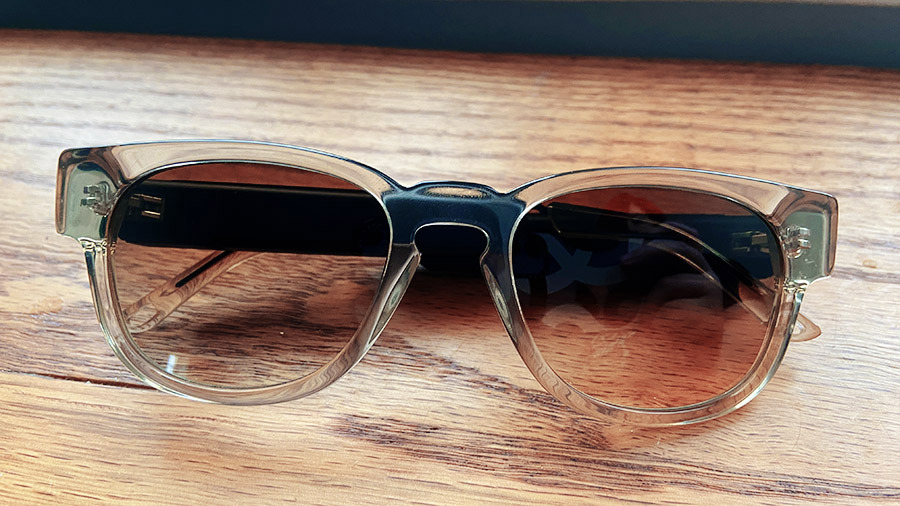
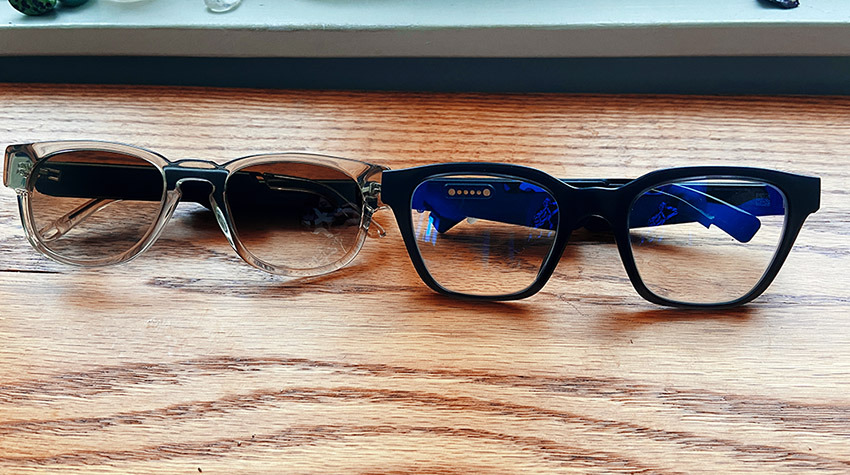
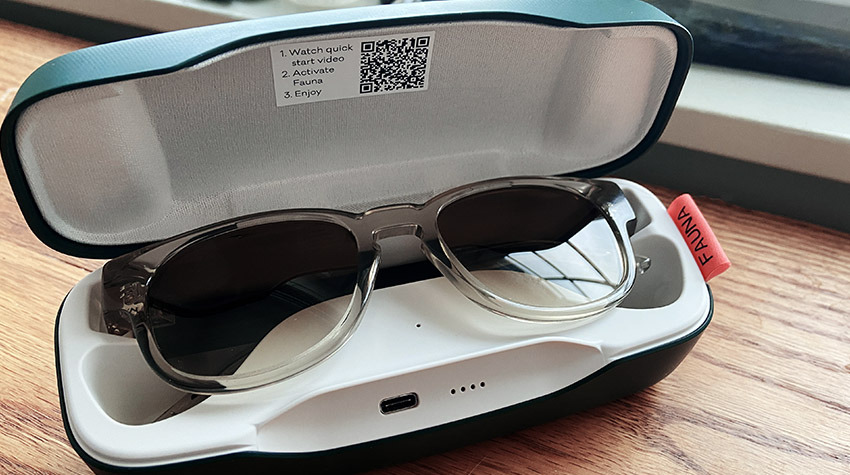
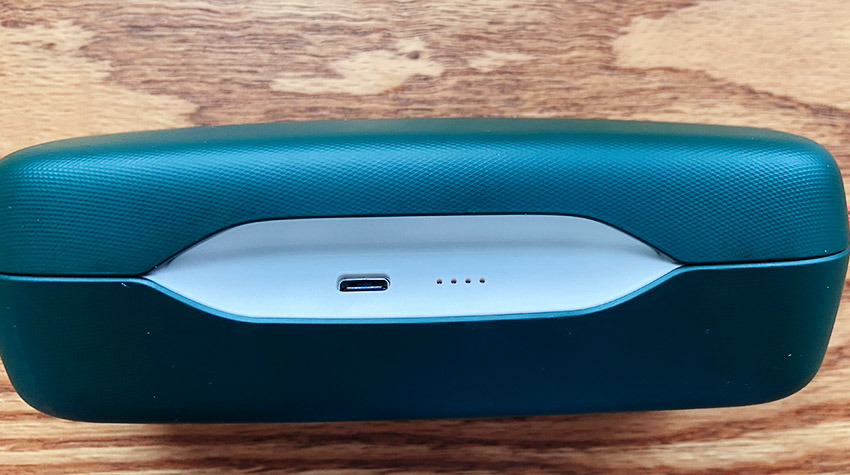

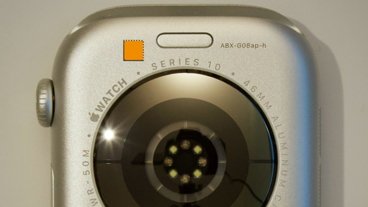


-xl-m.jpg)


-m.jpg)






 Chip Loder
Chip Loder
 Thomas Sibilly
Thomas Sibilly
 Wesley Hilliard
Wesley Hilliard
 Christine McKee
Christine McKee

 William Gallagher
William Gallagher
 Malcolm Owen
Malcolm Owen









5 Comments
AirPod Pro and sunglasses less than $200.
https://youtu.be/xYQlDRMhsPI
I tried the glasses and to be honest i didn't encounter any of the issues mentioned above, i love them very much i wear them all day specially after i changes the lenses to my own sight strength.....i so highly recommend it
Overall I agree with this review, but when it comes to sound quality the Fauna are not worse than Bose. I have tried both the Bose and the Fauna side by side and in terms of Audio Leakage, they are absolutely comparable. The audio quality is also similar with the Bose enhancing more the bass and Fauna with more clarity in the mid-range. so if you listen to hip-hop the Bose can be a better choice but for other tracks such as jazz or classical music I'd rather go with Fauna.
https://youtu.be/FdGMRXfaCxo
https://youtu.be/CqtZePHrqfs